Pebble Biotechnology Laboratories
Accelerate Your Research
Pebble is a state-of-the-art preclinical surgery facility, integrating advanced life support with innovation to create our globally unique LIVING-ORGAN systems.


Explore organ & tissue function outside of the body with an unprecedented level of physiological fidelity.
As the only facility of its kind, we open doors to new possibilities in drug & device development.
Explore organ & tissue function outside of the body with an unprecedented level of physiological fidelity.
As the only facility of its kind, we open doors to new possibilities in drug & device development.
Pebble is committed to ethical research. No animals are directly harmed for our work, and our LIVING-ORGAN systems are not recognised as animal research.
Instead, we use porcine organs that are surplus to the food industry, utilising waste biological material.
Pebble is committed to ethical research. No animals are directly harmed for our work, and our LIVING-ORGAN Systems are not recognised as animal research.
Instead, we use porcine organs that are surplus to the food industry, utilising waste biological material.
Pebble gives freedom to refine therapies through confidential, iterative testing that does not mandate reporting, accelerating preclinical testing.
We accelerate promising therapies to clinical trial approval by generating submission-ready data.
Pebble gives freedom to refine therapies through confidential, iterative testing that does not mandate reporting, accelerating preclinical testing.
Learn More About Us

About Us
At Pebble, we maintain a strong moral objective to make a difference. We strive to produce tangible research with line-of-sight to patients at the forefront of what we do.
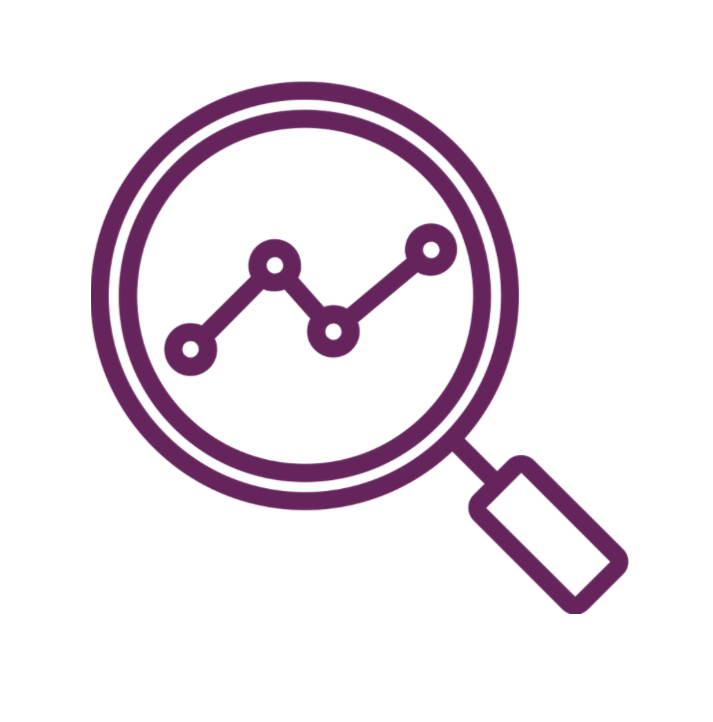
Our Services
Pebble are disease & therapy area agnostic. We provide a range of services using our LIVING-ORGAN systems to support research across various medical fields.

The Hub
The Drug Evaluation Hub offers preclinical testing tools for drug refinement, accelerating progression towards clinical trials readiness while maintaining a confidential preliminary development phase.
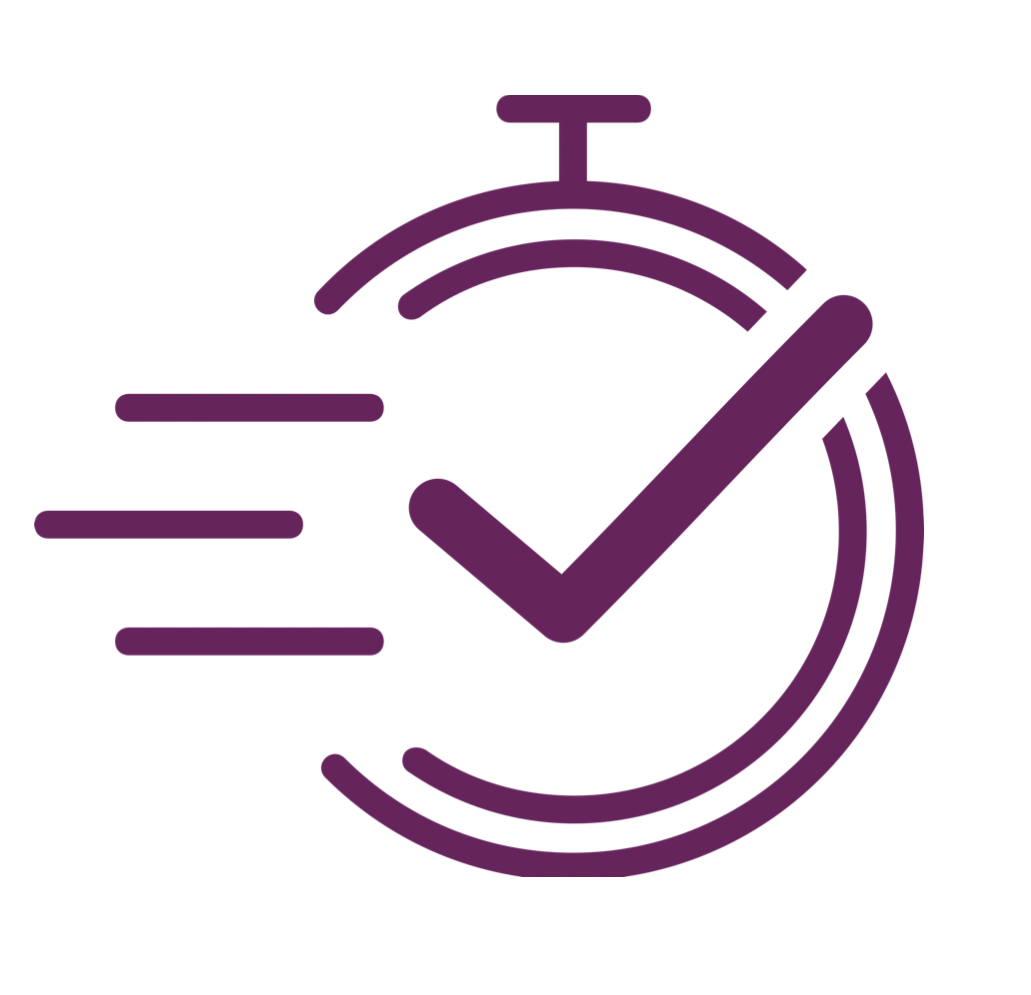
Our Approach
We provide a streamlined service, getting your product from early testing to clinical trial in less time, with lower costs & with better results.
Join Our Waiting List
As we move closer to becoming the industry standard, demand for our LIVING-ORGAN systems is high.
Join our waiting list to receive the latest updates and early access to our globally unique platforms.
Access Our Slidedeck
Gain exclusive access to our slidedeck by signing up with your email below.

